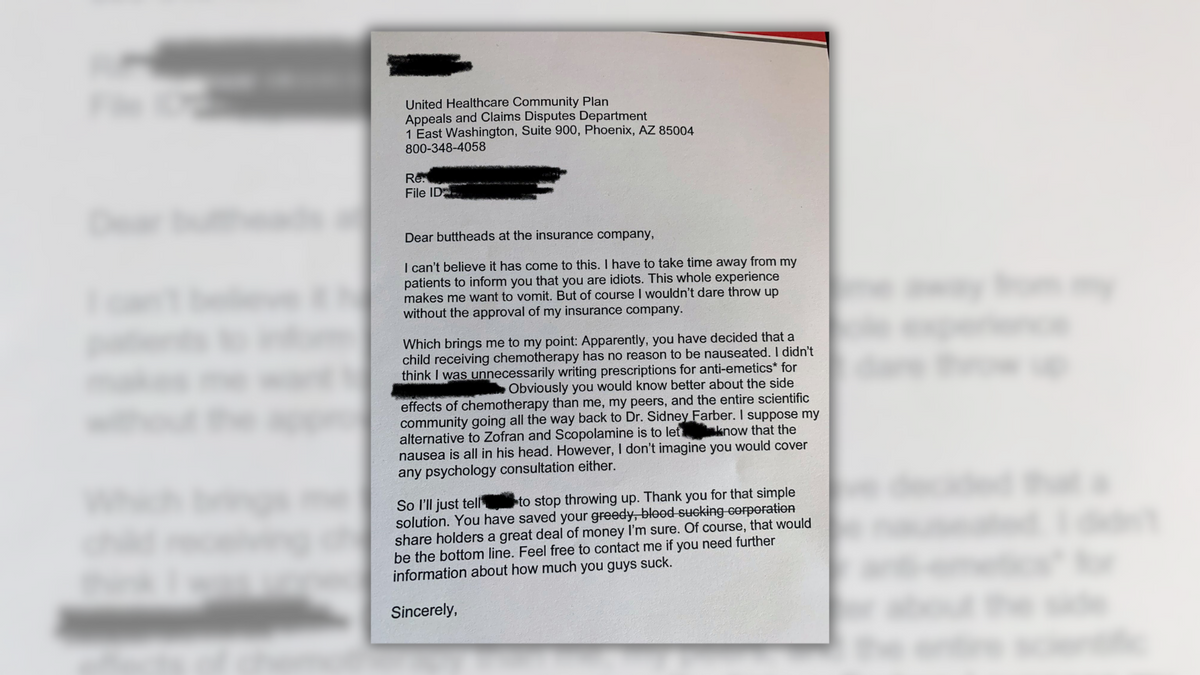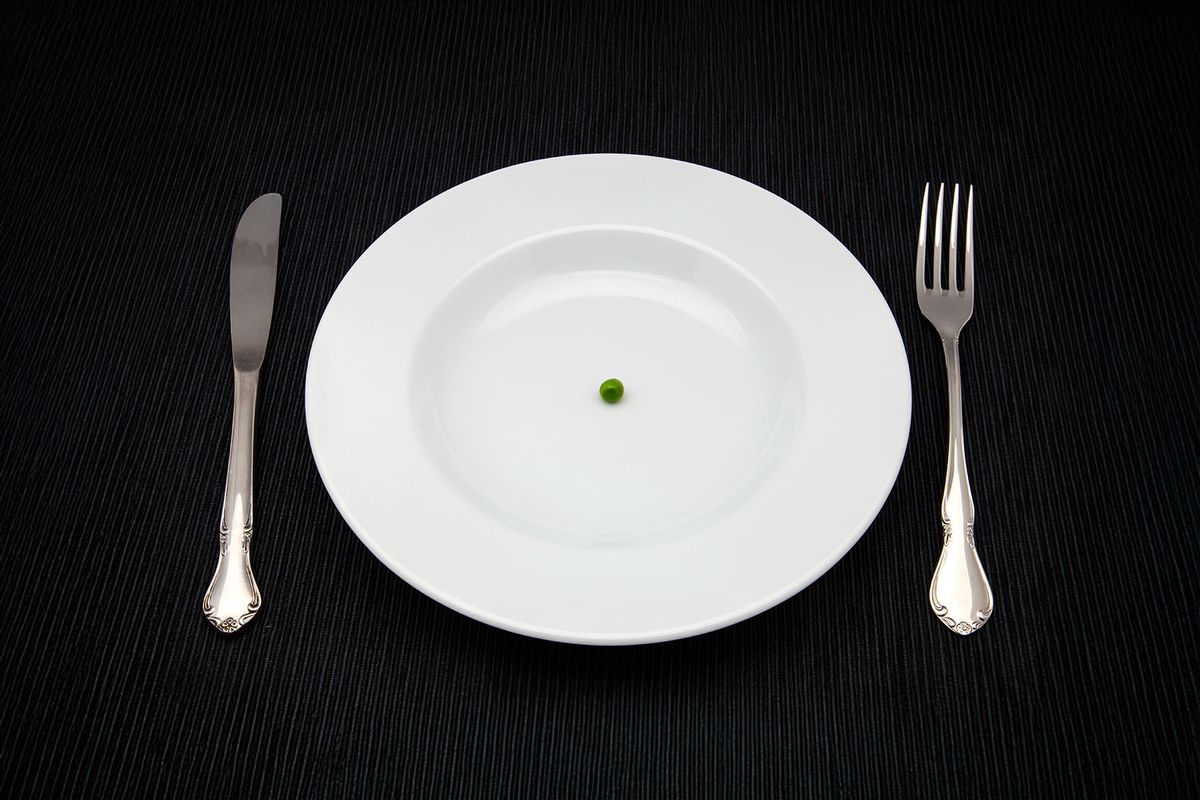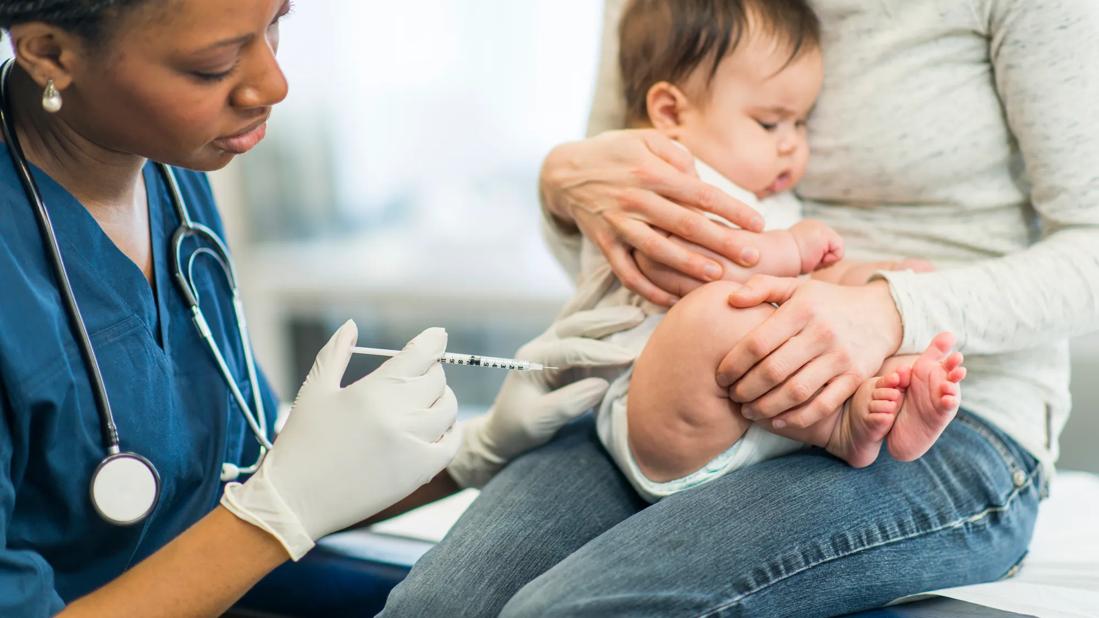For Kenya’s kids, close contact with the healthcare system is key

Earlier this year, Merab Wanjala, a community health promoter, was on a routine door-to-door visit in Ongata Rongai, on the outskirts of Nairobi. She encountered a mother with a nine-month-old baby with recurring sores in her mouth. Soon she learned that the child had feeding challenges, and was behind on her immunisations.
“The mother could not go to the hospital while the child had the sores, as they would be treated, and this is against the mother’s cultural beliefs: such sores are to be treated through traditional medicine. I come from the same community and there are strong beliefs that a child could die if traditions are not observed,” says Wanjala. Understanding paved the way for communication. “We had a long conversation and the child was treated at the hospital and given the first dose of the measles-rubella vaccine, [which is] administered at nine months,” she says.
Wanjala says the child had already missed at least one vaccine. To steer against the risk that cultural norms would take precedence over the baby’s well-being again in future, her mother was linked to the Child Welfare Clinic at Saitoti Hospital Rongai, where both preventive and curative child welfare services are offered for free.
“For children under nine years, our immunisation rates are higher than 80% – up from less than 10% five years ago.”
– Benson Musyoka, nurse in-charge at Ndalani dispensary, Yindalani village
Mark Korir, a public health officer and trained clinician in Uasin Gishu County, says child welfare clinics are a critical component of the health service infrastructure in Kenya. Child welfare clinics encompass projects run by a diverse group of actors, from the government, to religious institutions, private sector and non-government organisations, but are a baby’s entry point into Kenya’s health system.
He says well-baby, child wellness or child welfare clinics seek to maintain strong links between children and medical professionals for the best possible health outcomes. The clinics offer parents and caregivers direct, regular contact with professional health care staff during the early growth and development of their children, improving adherence to immunisation, and promoting healthy child-rearing practices such as exclusive breastfeeding and better hygiene.
The hope is that these contact points will accelerate Kenya’s progress towards global infant mortality rate goals. In 2024, 29.7 babies per 1,000 live births died; that’s an improvement on 2023’s 30.6 deaths per 1,000, which, in turn, followed two years of similarly modest improvement. But the Sustainable Development Goals demand a leap: neonatal mortality rates should drop to 12 deaths per 1,000 live births by 2030.
Translating health policy for parents
Welfare clinics make use of standardised tools provided by the Ministry of Health to try and keep kids – no matter their individual background – on track for health development. The booklets include a child’s age- and sex-specific growth charts, birth history, the immunisation schedule, illness records and a checklist of developmental milestones. But on their own, as Flo Nyambura, a beautician in Ongata Rongai explains, the booklets are an inadequate safety net.
“I gave birth through the caesarean section in a big public hospital and my baby was placed in an incubator for a few days. Upon discharge, I was given the booklet and told to start going to the public hospital nearest to my home. I did not read the booklet and did not know why my child was in an incubator. Two weeks later, I went back to the hospital for my own postnatal check-up. I was told that a mother should always come to the hospital with the baby even when the baby is well and not due for immunisation. I did, and found out my baby had jaundice at birth and was still not well,” says Nyambura.
It was the staff she encountered who made the standardised, depersonalised guidance make sense. “When people told me that we should go to traditional healers as a family for cleansing, because my sister’s child had jaundice as well, I resisted because through wellness clinics, I had learnt a lot about children and diseases, and my children are well. Apart from my firstborn, who received vaccination up to nine months and is now 10 years, the rest are under five years and have stayed on schedule. In the community, there are many beliefs around children and they are very dangerous. Due to ignorance, we end up falling into these beliefs,” she says.

Convenience means access
During welfare clinic visits, paediatric health specialists give children under the age of five a full body examination, screen for growth and development delays, recognise and treat illnesses, and provide vaccines compliant with the vaccination programme. Depending on availability of resources and human capital, facilities offer these services either on demand or on designated days.
“We provide child welfare services on demand. When we tried to set aside designated days, the uptake of these services was low due to missed opportunities. It is more convenient for mothers to walk in when they can and receive welfare services. Welfare services are promotive, preventive and curative,” says Benson Musyoka, nurse in-charge of government-run Ndalani dispensary, in the rural and remote Yindalani village in Makueni County.
That approach is bearing fruit. “For children under nine years, our immunisation rates are higher than 80% – up from less than 10% five years ago,” Musyoka says. “Additionally, about 50% of these children continue receiving immunisation even after they turn two years as per our national immunisation schedule and this is a direct result of the health education we offer through welfare visits. A majority of parents and caregivers do not read the immunisation booklet and you have to communicate verbally,” he observes. Childhood vaccination extends up to the human papillomavirus (HPV) jab, scheduled for girls aged 10 years.
Staying on track
Musyoka says that across the country, “communities have myths and misconceptions around child illnesses. In this area, when a child has fever, they refuse to come to the hospital. They usually prefer to perform some rituals using chicken to exorcise the bad omen. Others say malnutrition is caused by witchcraft, and while a child is suffering from these conditions, they will not be immunised, as they will be hidden at home. Others do gum cutting to remove the false white teeth in a newborn’s gums. With the help of community health volunteers, we encourage parents and caregivers to come back to the hospital often, even when the child appears to be doing well.”
“When people told me that we should go to traditional healers as a family for cleansing, because my sister’s child had jaundice as well, I resisted because through wellness clinics, I had learnt a lot about children and diseases, and my children are well.”
– Flo Nyambura, mother and beautician, Ongata Rongai
Musyoki notes that the immunisation journey is long, and there are many intervals where mothers and children fall off track. Overall, facility births are at nearly 82% in Kenya and all children born within a health facility receive vaccination at birth, kicking off the vaccination journey that now spans over a decade. Maintaining regular contact with families, even after children start school, can provide something like a guardrail to steady kids on that life-saving course.
According to Korir, these welfare clinics have also been essential to the improved diagnosis of childhood cancers. “Childhood cancers are difficult to diagnose as they can have symptoms similar to those of other common childhood illnesses such as fever,” he notes.
In Kenya, an estimated 3,000 childhood cancer cases occur annually, and more than half of children with cancer are not properly diagnosed. For others, diagnosis comes late. As a result, despite 80% of childhood cancers being survivable, the survival rate in Kenya lags at an alarming 10–30%.
Scola Wangari, a paediatric nurse based in Nyeri County, says, “We are trained to have a high sense of suspicion. Investigate, do not make any assumptions. I have helped diagnose two cases of paediatric cancer and the children are thriving. Through wellness [clinics], we catch other issues such as undescended testicles, HIV and umbilical hernia. When caught early, surgery is not required to treat hernia.”
link





